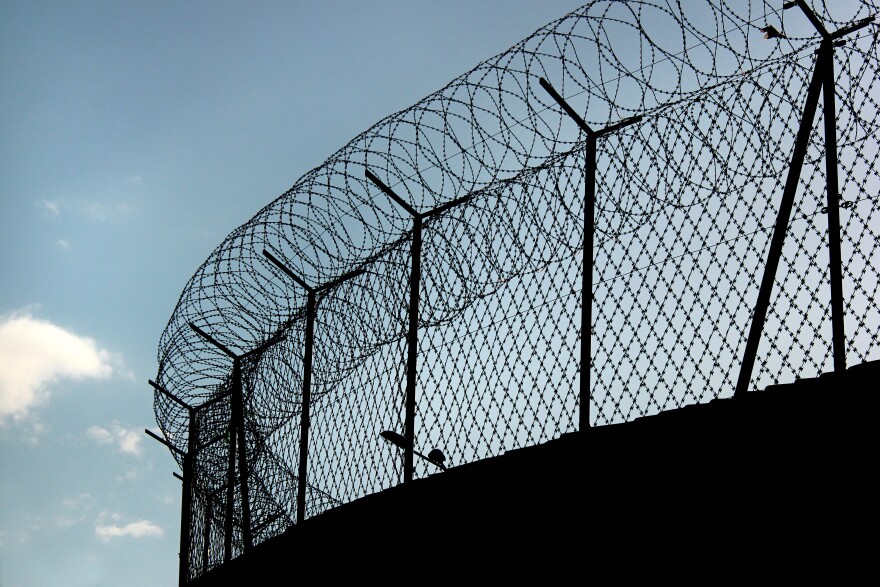Incarceration rates have plummeted since the beginning of the pandemic. The state’s prison and jail population is now at its lowest point in decades, with less than 30,000 people in custody. The lower number of inmates could translate to big savings for state and local governments that have been struggling with the financial impact of the COVID-19 pandemic.
But are these reductions sustainable or are they destined to rebound?
Ari Brown is a researcher for the Wisconsin Policy Forum. The organization recently published a report, titled Inmate Populations Drop During Pandemic, But What Comes Next?
“We found that the state prison population from the end of February 2020 to the end of February 2021 dropped by about 16%. The population drop in local jails was even more pronounced,” says Brown. “Both populations are very much below where they have generally been over the course of the 21st century.”
He says that one reason there are fewer state prisoners is because COVID-19 has slowed the court process down. Trials that end in defendants being sent to state prison already can be a lengthy process, and Brown says that COVID-19 has slowed that process even more.
When it comes to local jails, he says the reasons for a drop in the population are more varied.
“In local jails, there was a big drop off in April and May of 2020 and then by the end of the summer, the population was starting to creep back upwards,” Brown says. “There was a push at the beginning of the pandemic to safely release as many individuals as possible to get to the place where local jails could follow COVID, you know, social distancing guidelines.”
People with very little time on their sentence, those who could be released on a signature bond and those who could be moved to at-home electronic monitoring were targeted for release. Even before the pandemic, he says, these alternatives were becoming more widely used, showing some decline in populations before the pandemic began.
But because court proceedings are taking longer to process, Brown says more people who will likely end up in state prisons are currently being held in local jails for longer periods of time and this could be affecting how these groups are counted.
The policy forum report also dug into how much Wisconsin is spending on corrections at the state and local level. The report found that across the nation over the past few decades, money for corrections in government budgets has increased at a rate past normal inflation.
Brown says that a decline in population over the last year likely won’t lead to an exactly equal increase in savings, but that this will save money.
As Gov. Tony Evers and the state Legislature negotiate the biannual budget, and as counties across the state look towards their future budget, he says this is the perfect time to consider whether current spending on incarceration is at the correct level and how that money could be used to continue to reduce the state and local incarcerated population.
“With these populations being reduced by quite a bit, I think it’s going to present state and local leaders with a real opportunity to say, 'Is this something we want to continue?,' in terms of the level of spending, and if so, how is that money going to be spent,” Brown says.







